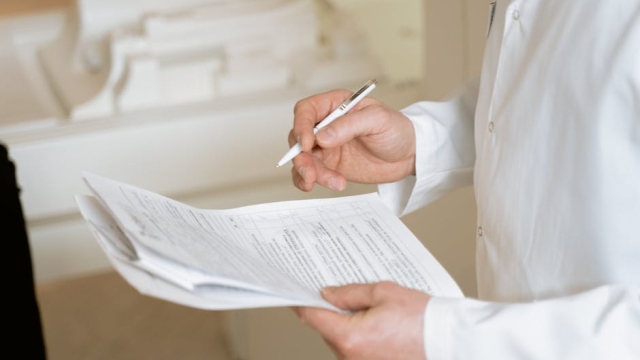
In the field of anaesthesia, billing can often be one of the most complex and challenging aspects of practice management. The intricacies involved in accurately capturing and billing for anaesthetic services can lead to inefficiencies, errors, and ultimately, revenue loss. As healthcare providers strive to improve their financial health while delivering exceptional patient care, exploring anaesthetic billing improvements becomes essential. This article will outline best practices, share case studies of successful billing enhancements, and review tools that can streamline the anaesthetic billing process.
Best Practices for Anaesthetic Billing
Implementing best practices in anaesthetic billing is crucial for enhancing accuracy and efficiency. Here are some fundamental strategies that can help:
1. Comprehensive Documentation
Thorough documentation is at the heart of effective anaesthetic billing. Ensuring that all procedures, medications, and time spent are meticulously recorded can prevent misunderstandings and disputes with insurers. Utilizing standardized templates can also help streamline this process, ensuring that all necessary information is captured consistently.
2. Staff Training and Education
Regular training sessions for billing staff can help them stay updated on coding practices, insurance requirements, and compliance regulations. Educated staff are more likely to identify potential errors before claims are submitted, thereby reducing the likelihood of denials and delays in payment.
3. Use of Technology
Investing in modern billing software can significantly enhance the efficiency of the anaesthetic billing process. Such software often includes features like automated coding suggestions, claim tracking, and real-time error alerts, which can help ensure accuracy and timely submissions.
4. Regular Audits
Conducting regular audits of billing practices can uncover discrepancies and areas for improvement. By reviewing past claims and their outcomes, anaesthesia practices can identify patterns in denials and take corrective measures to mitigate future issues.
Case Studies Showcasing Successful Anaesthetic Billing Improvements
Real-world examples can provide valuable insights into effective anaesthetic billing strategies. Consider the case of a mid-sized anaesthesia practice that faced a high rate of claim denials due to incorrect coding. By investing in staff training and adopting a new billing software solution, they were able to decrease their denial rate by over 50% within a year. This not only improved their cash flow but also allowed staff to focus more on patient care rather than administrative tasks.
Another case involves a larger hospital system that implemented a centralized billing department. By standardizing their processes and utilizing a dedicated team of billing specialists, they achieved a remarkable reduction in billing errors. The centralized approach fostered better communication between anaesthesia providers and billing personnel, leading to enhanced accuracy in claims submission and improved relationships with insurance companies.
Tools and Software for Enhancing Anaesthetic Billing Efficiency
Several tools and software solutions are available that can assist anaesthesia practices in streamlining their billing processes. Here are a few noteworthy options:
1. Billing Management Software
Comprehensive billing management software designed for healthcare practices can automate many aspects of the billing process. These tools often include features for coding, claim generation, and tracking, which help ensure timely payments and reduce administrative burdens.
2. Electronic Health Record (EHR) Systems
Integrating billing processes with EHR systems allows for seamless documentation and billing. When anaesthetic records are directly linked to billing, it minimizes the risk of errors and ensures that all services provided are accurately captured and billed.
3. Reporting and Analytics Tools
Utilizing reporting and analytics tools can provide insights into billing performance. Anaesthesia practices can track key performance indicators, such as the rate of claim denials and the average time for payment, to identify areas for ongoing improvement.
In conclusion, pursuing anaesthetic billing improvements is a multifaceted process that involves best practices in documentation, staff education, and the use of advanced tools. By learning from successful case studies and applying these principles, anaesthesia providers can enhance their billing efficiency and accuracy, ultimately leading to better financial health for their practices. For further insights and tailored solutions, consider exploring resources that specialize in anaesthetic billing processes.
Explore more about enhancing your anaesthetic billing practices.


